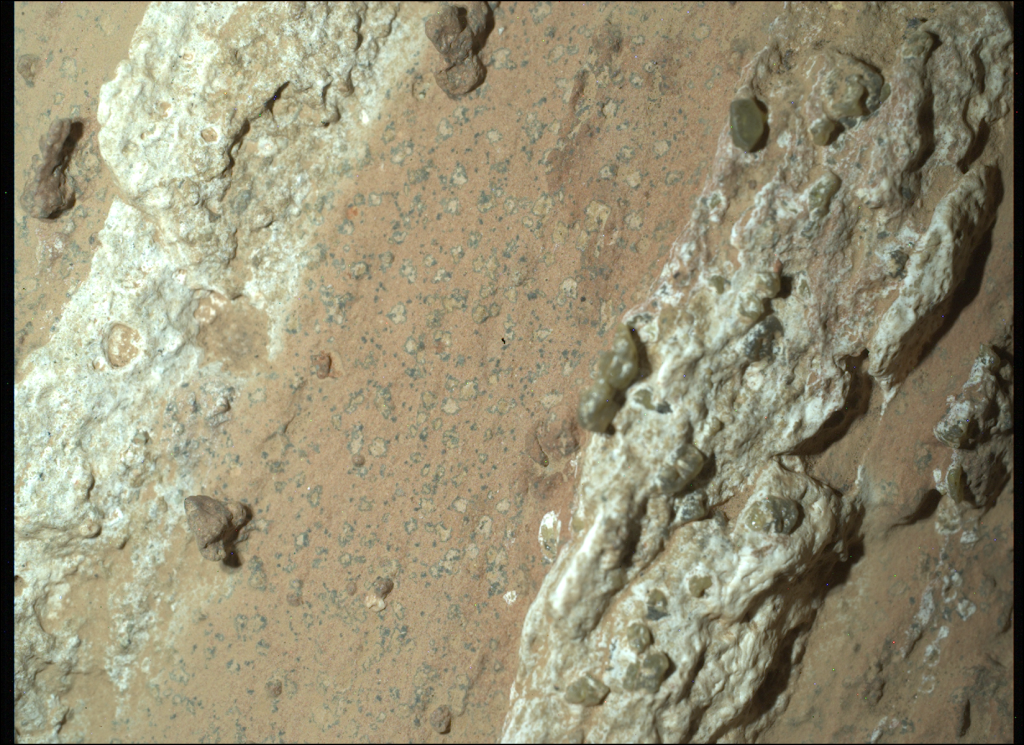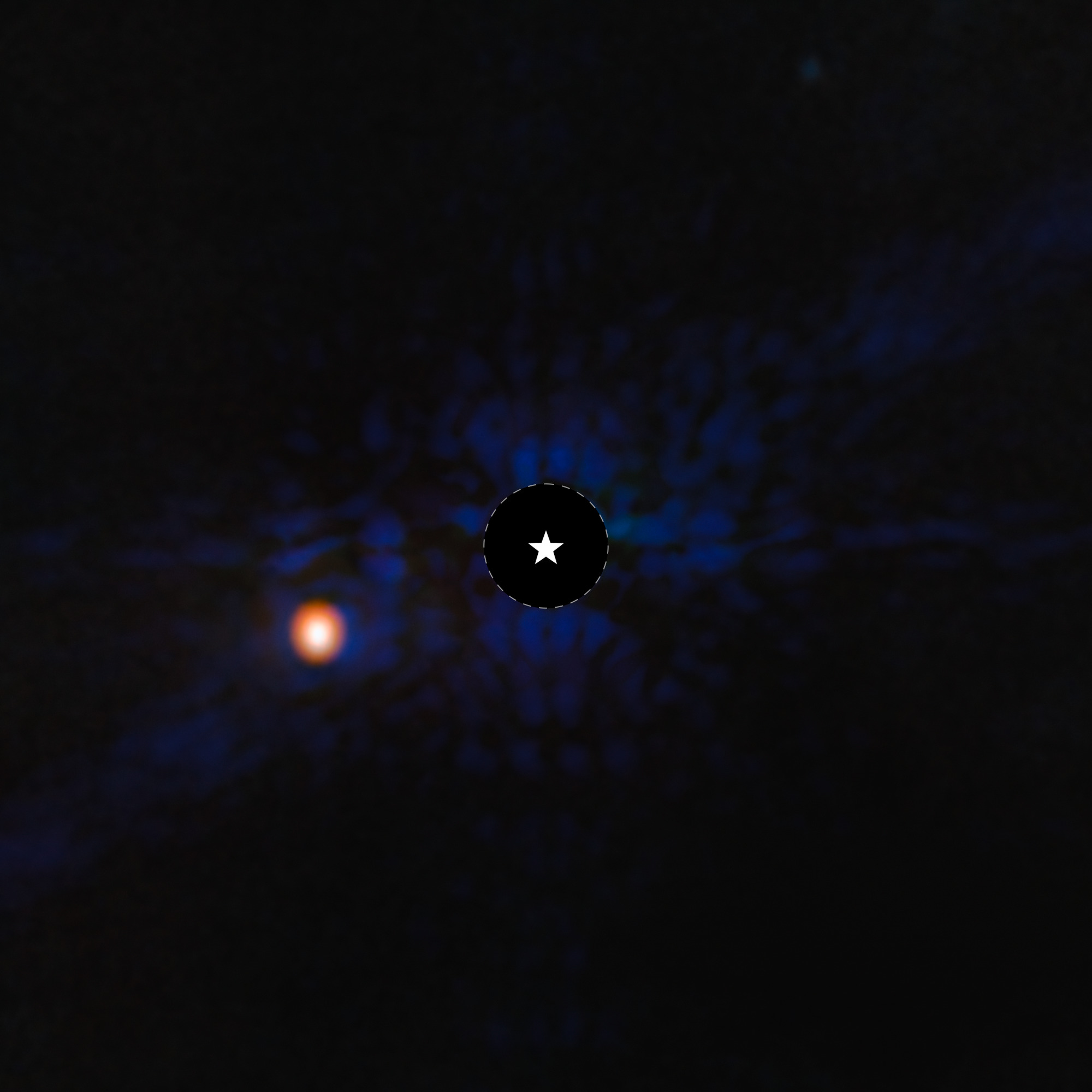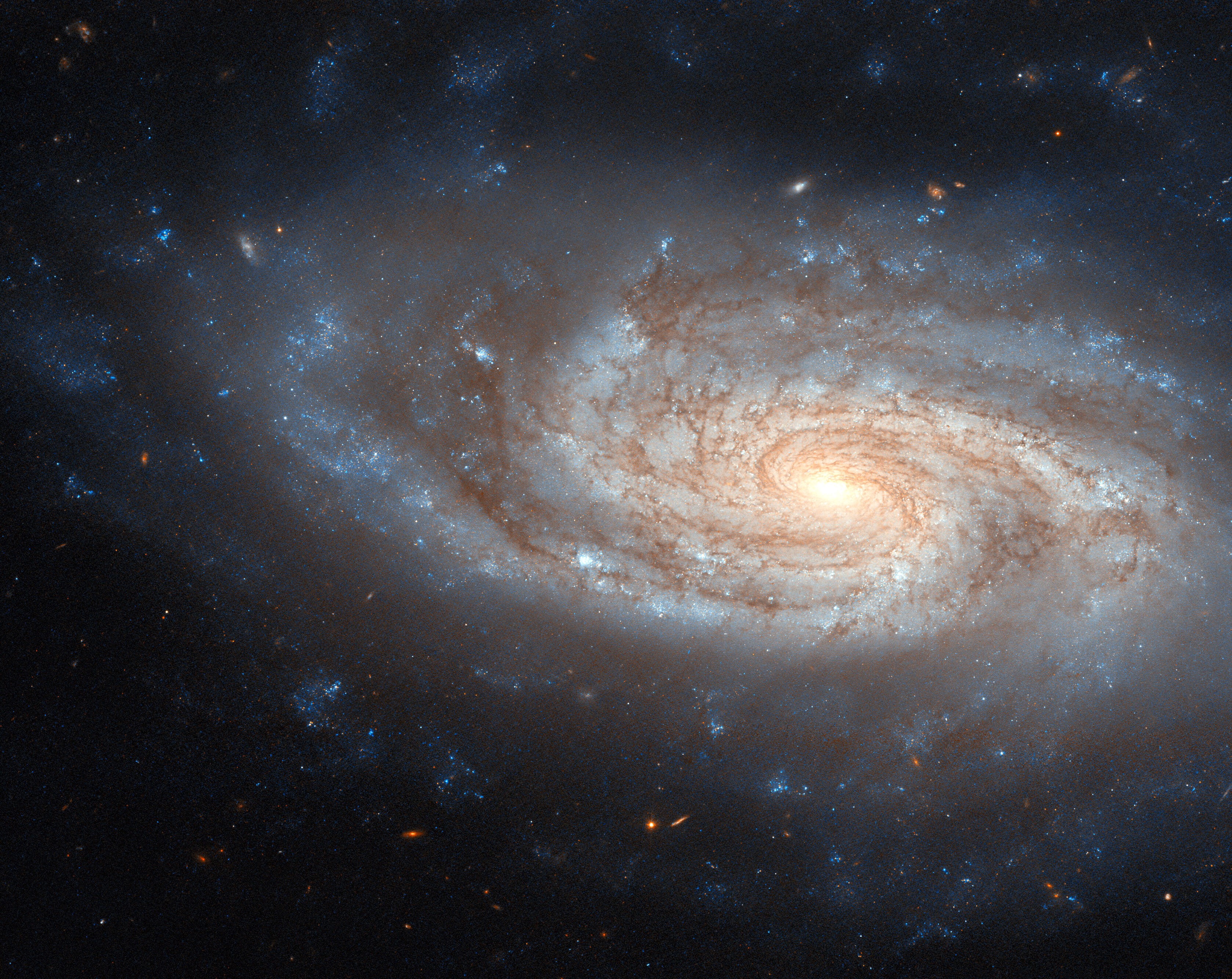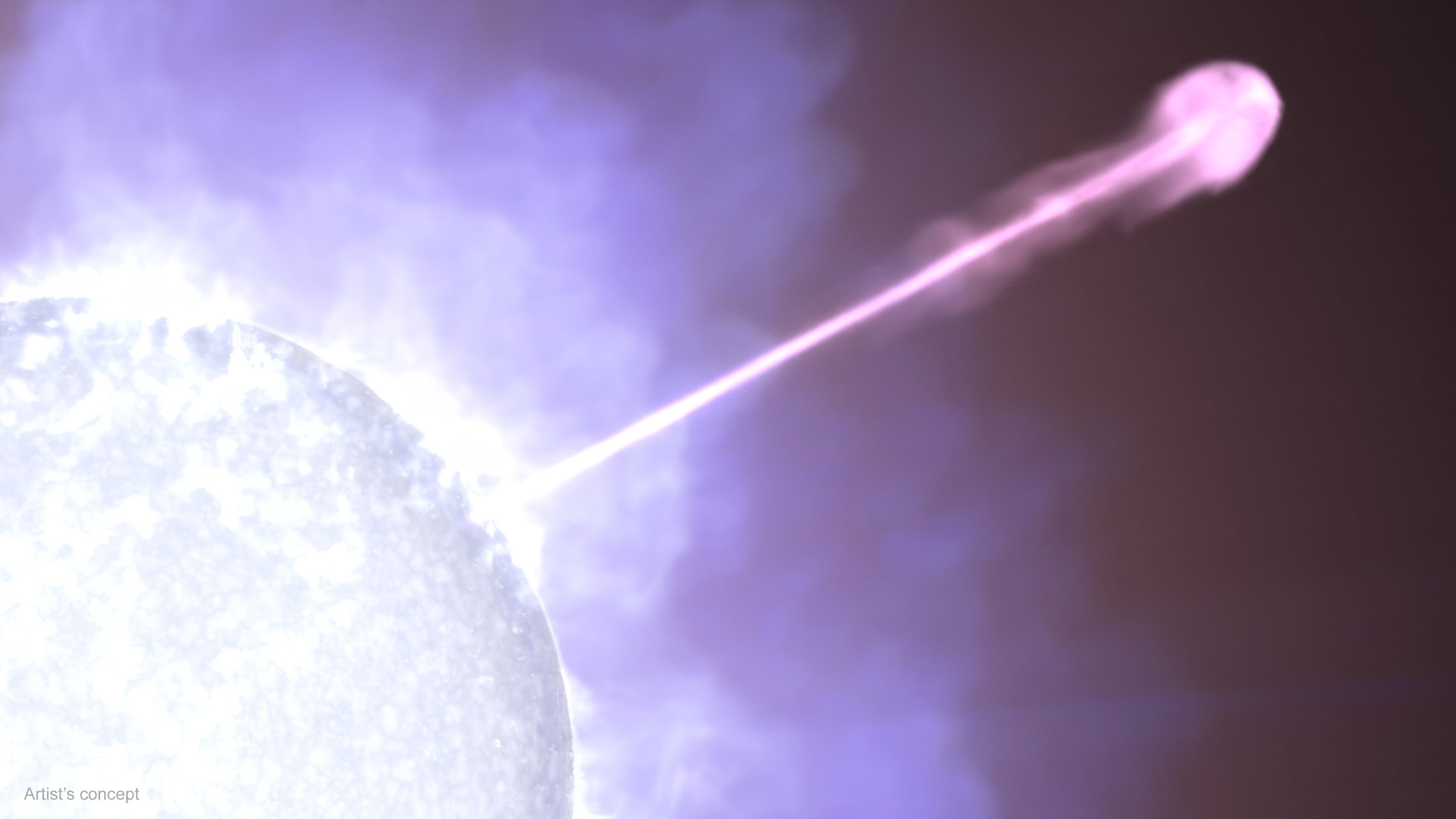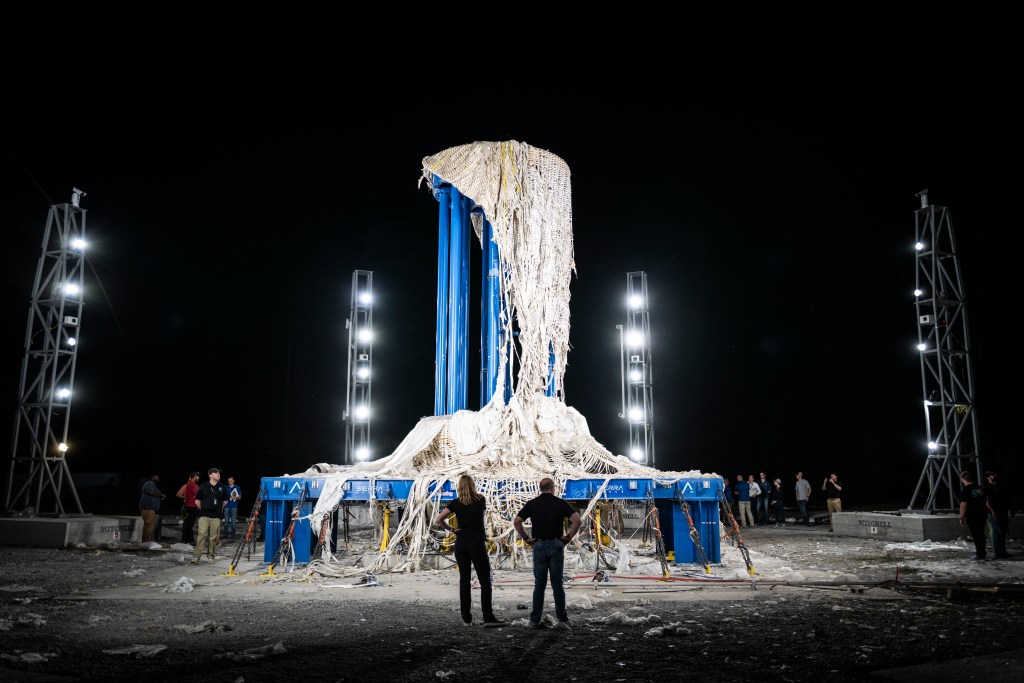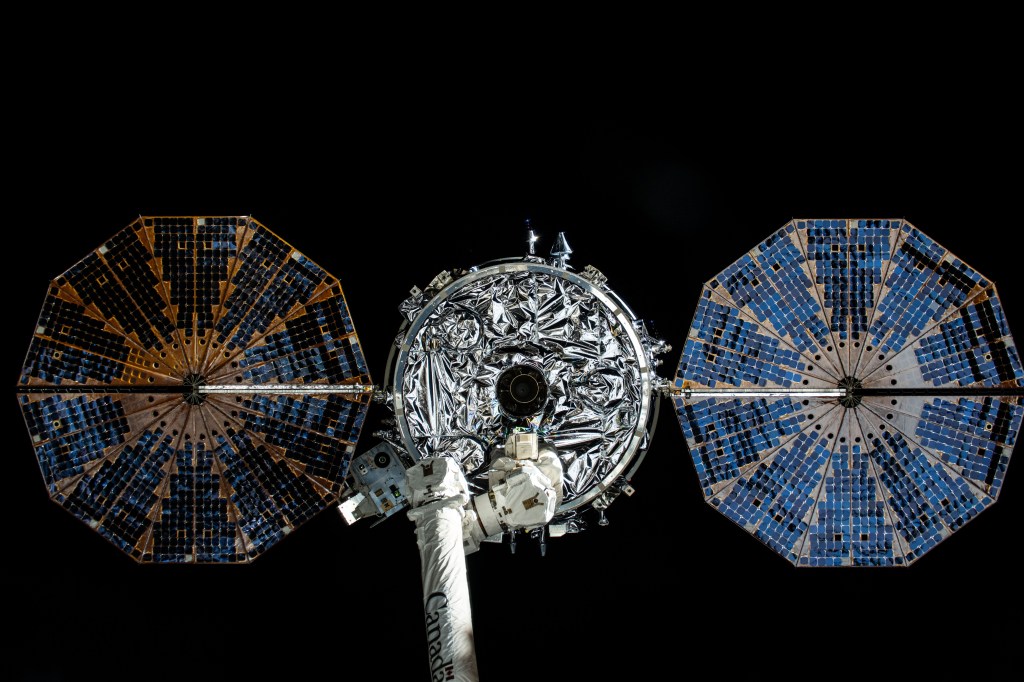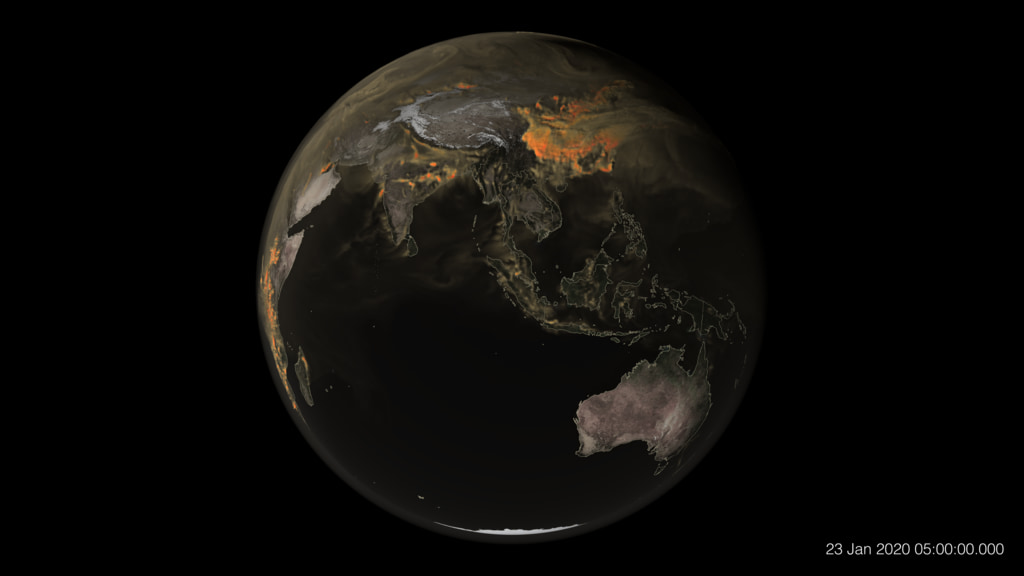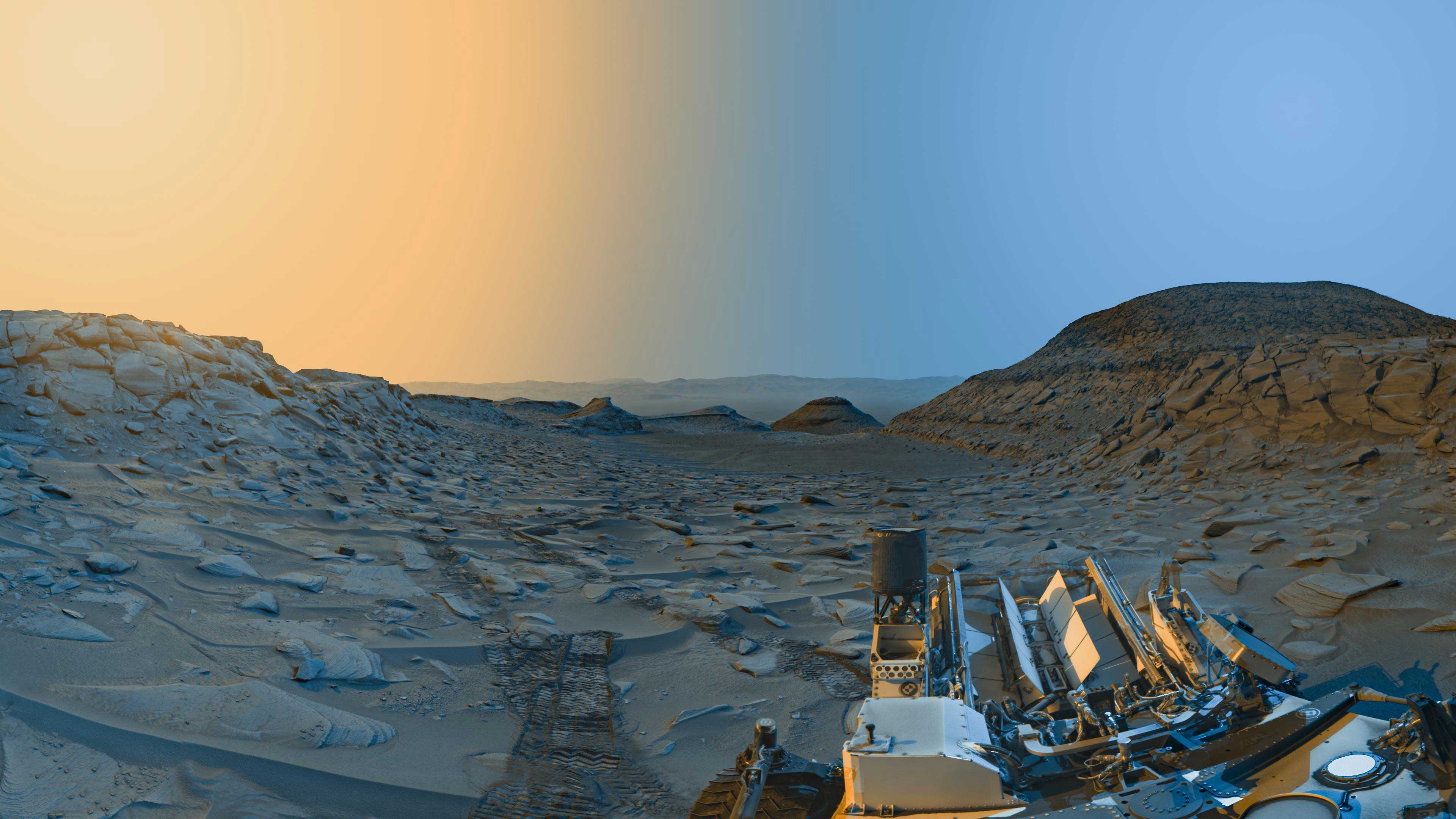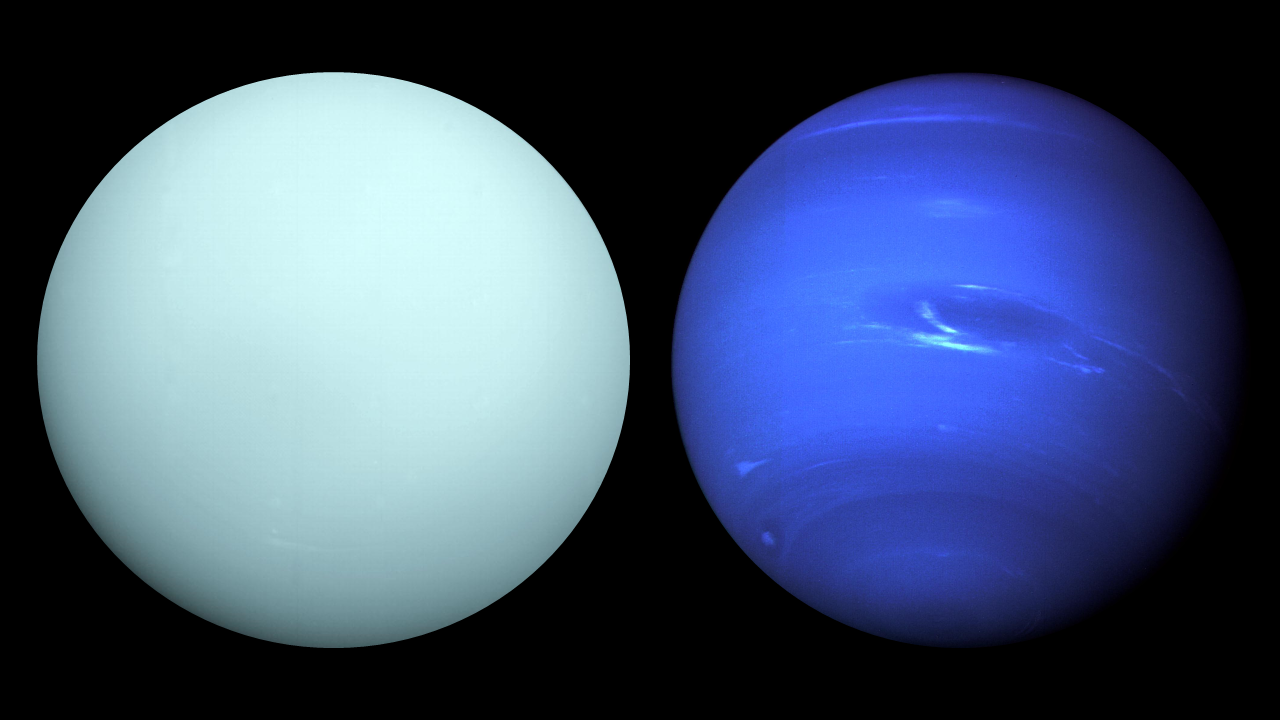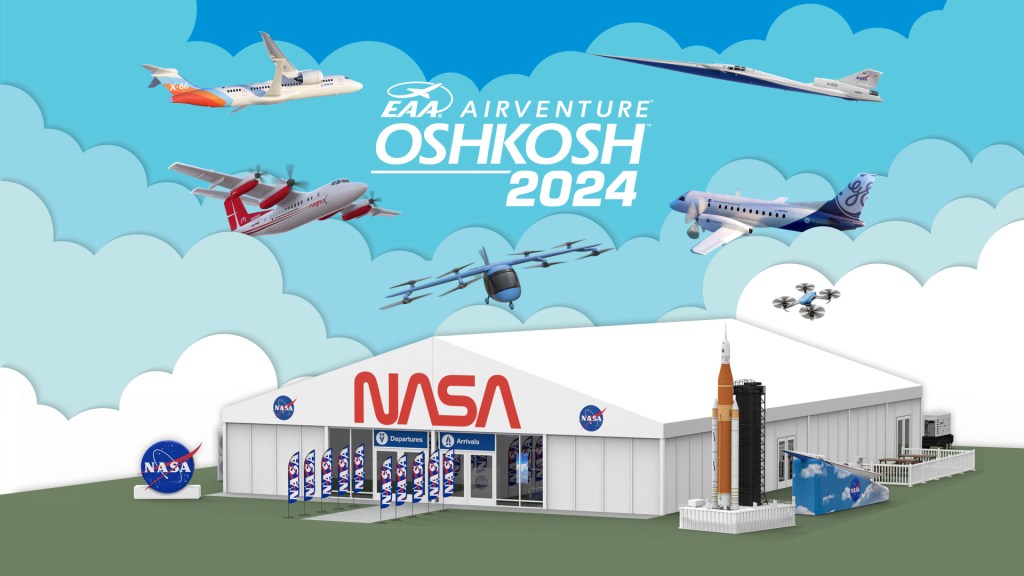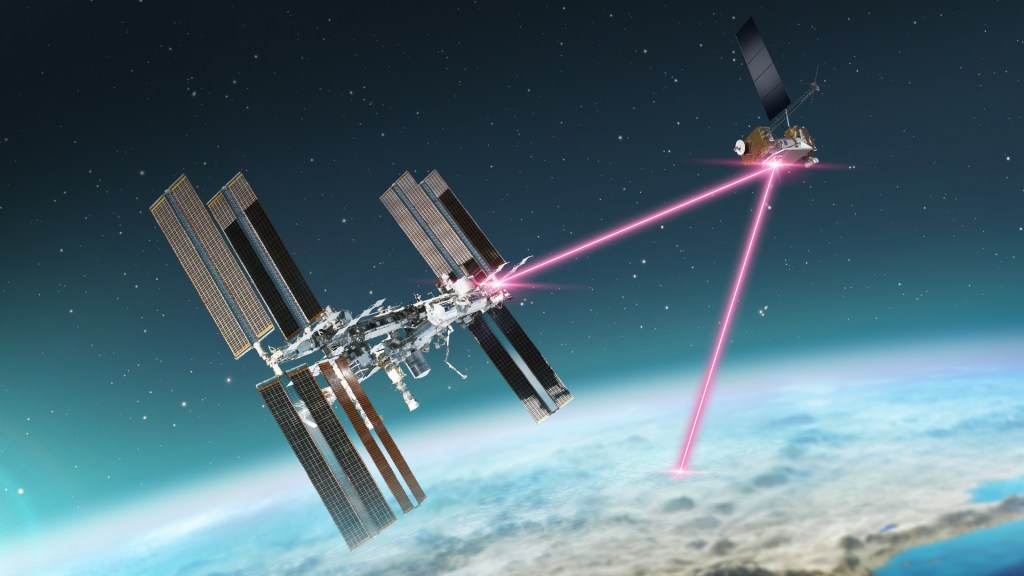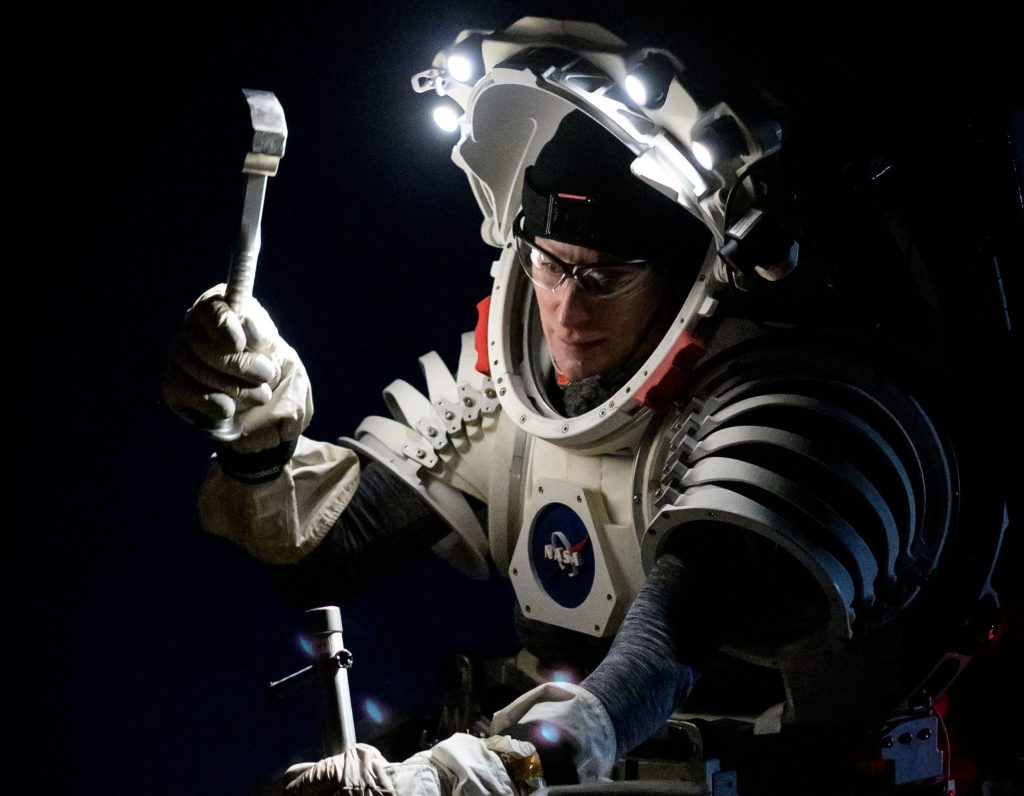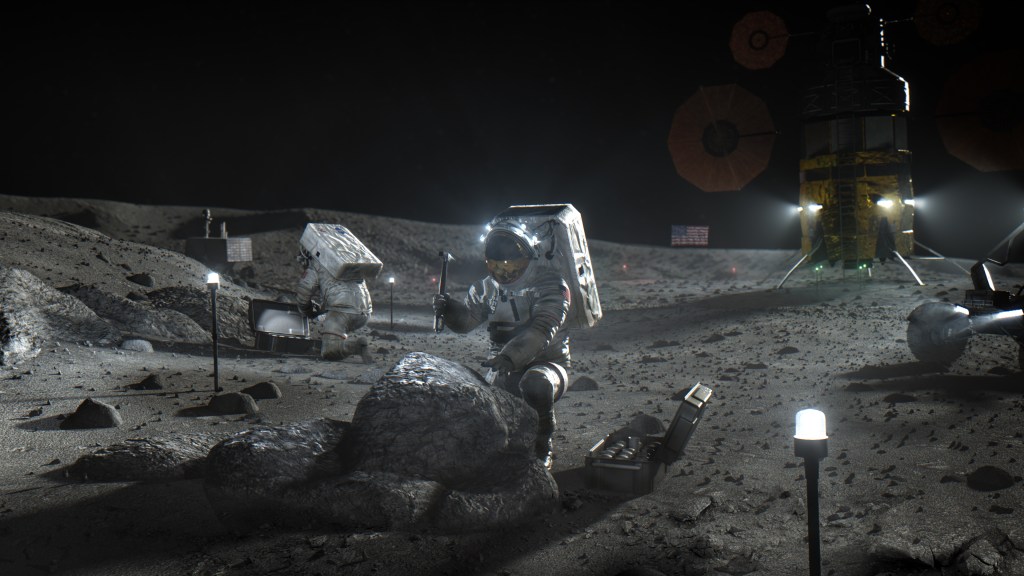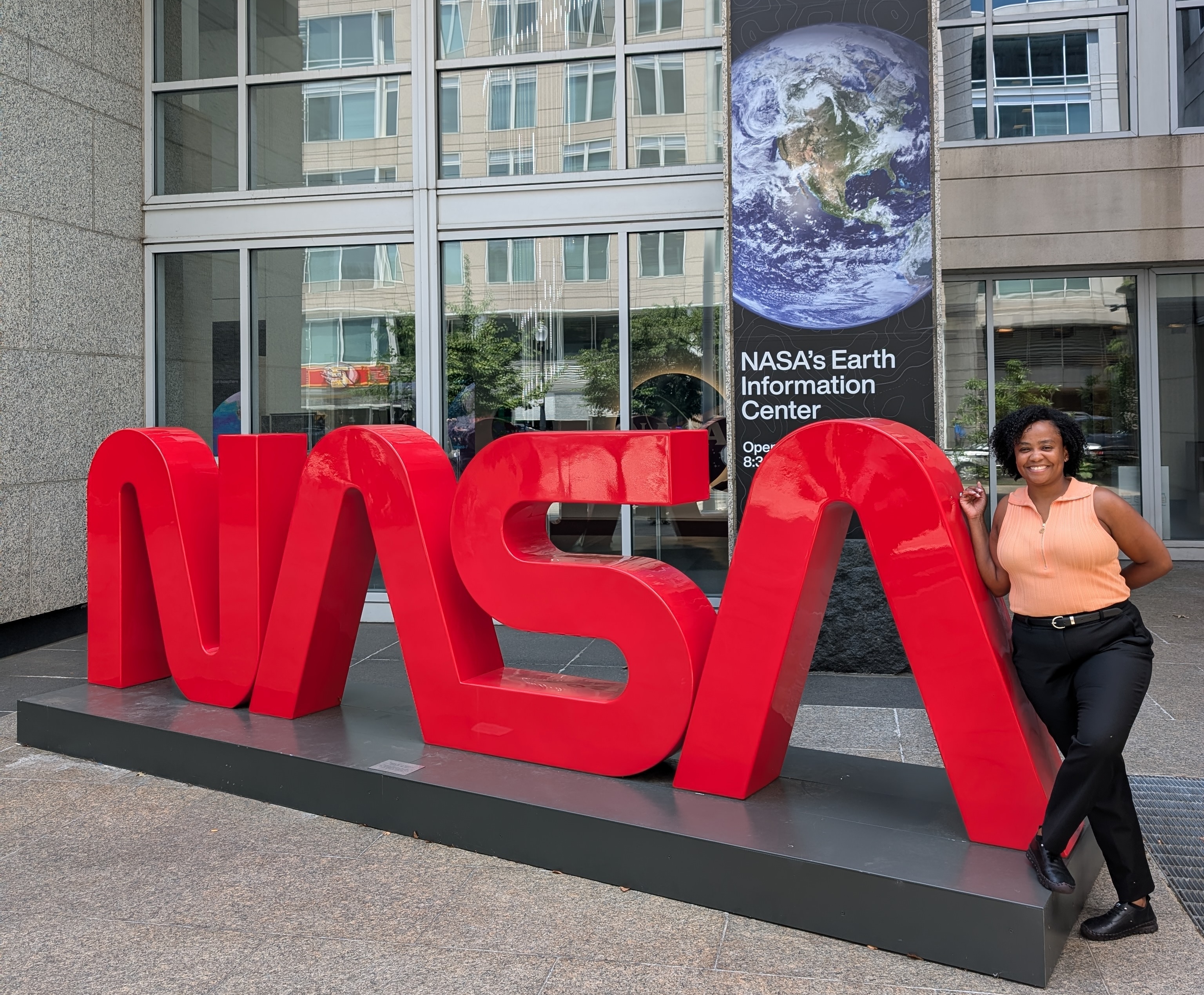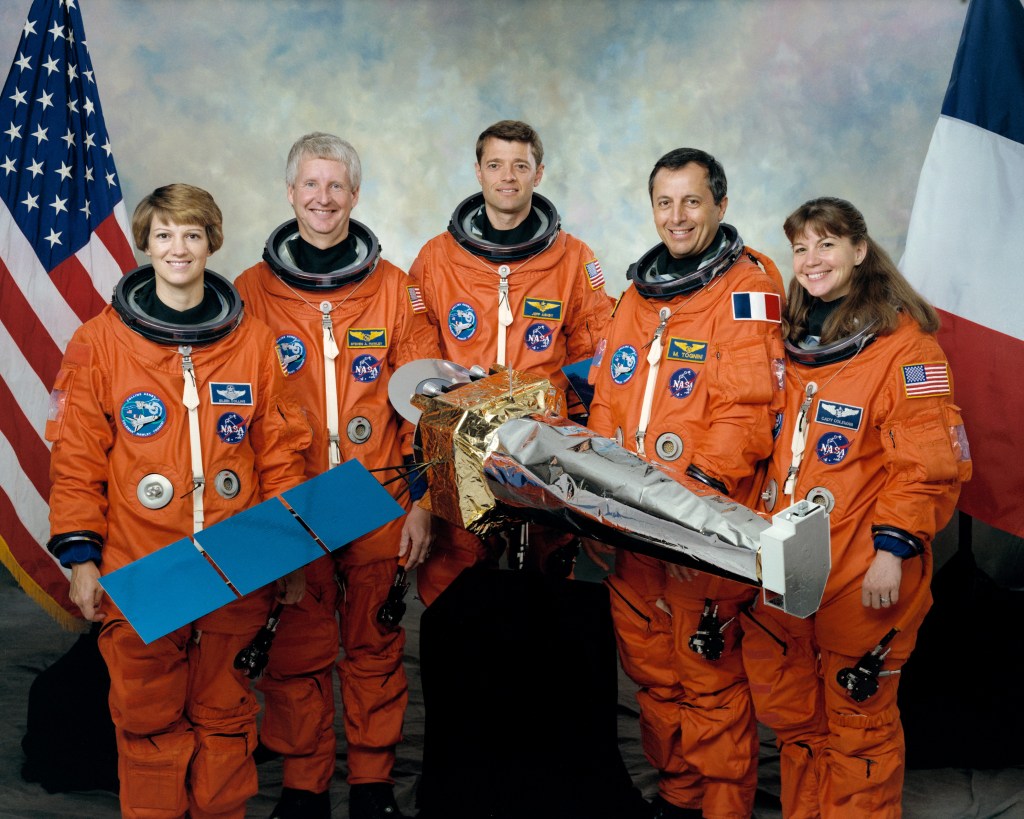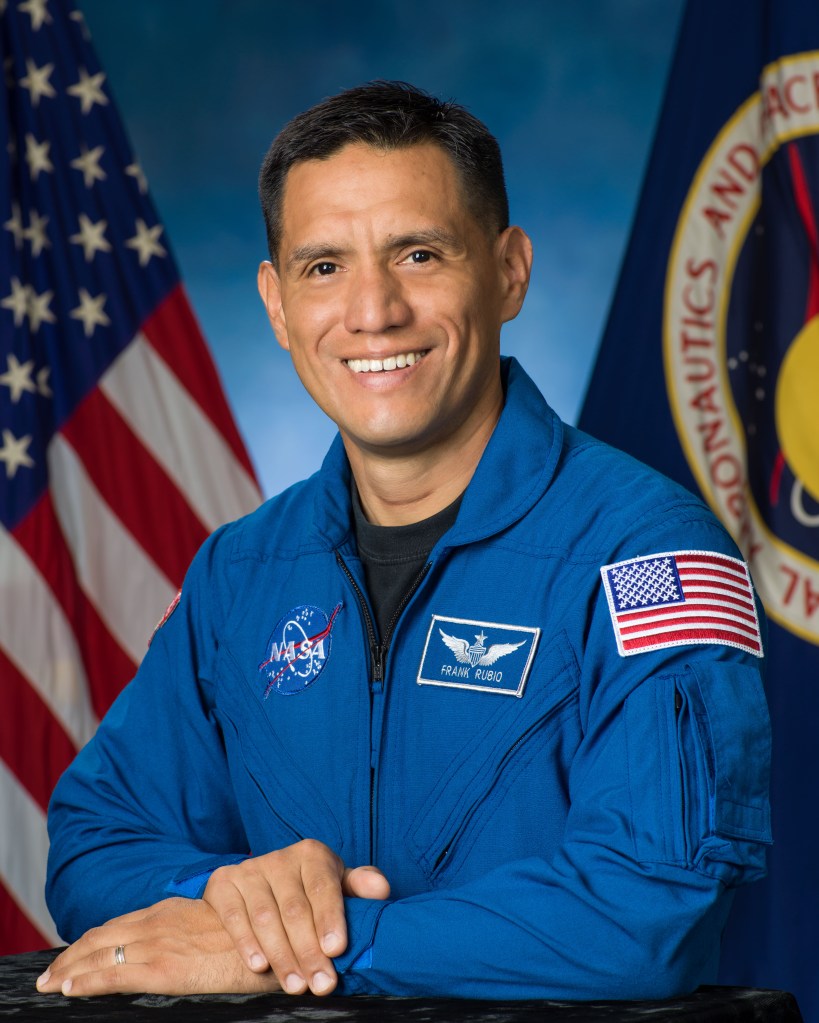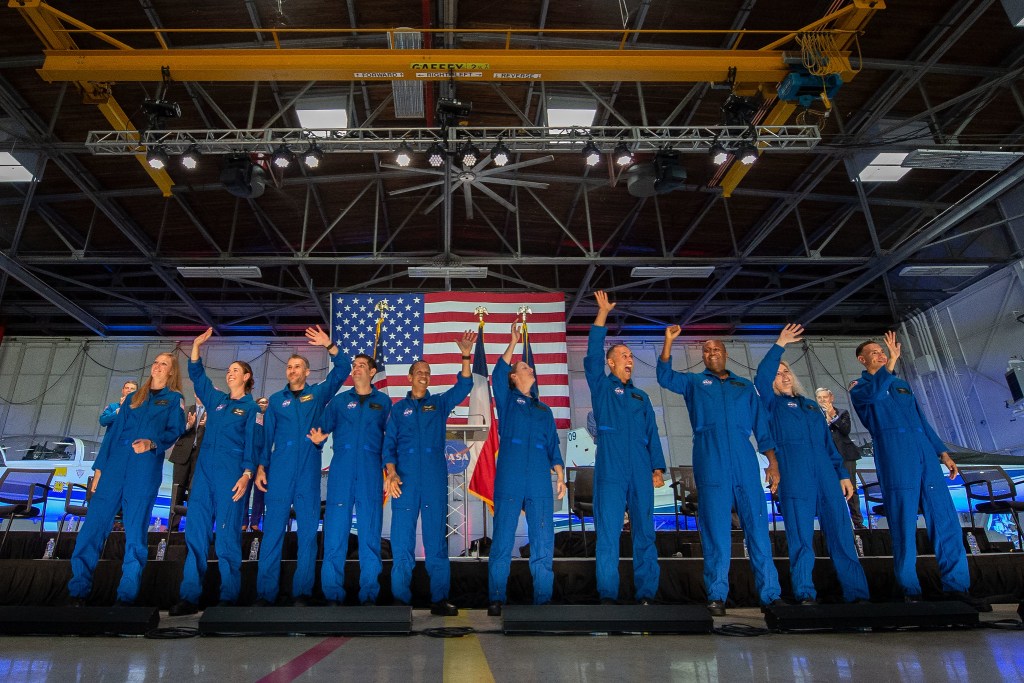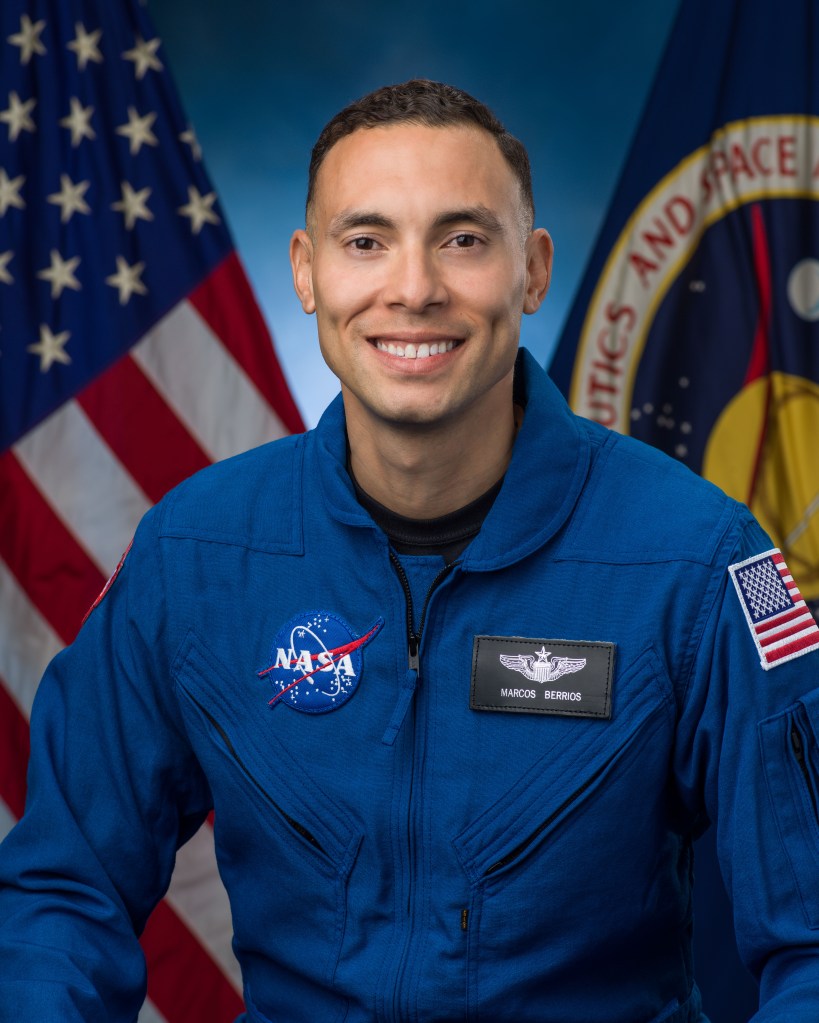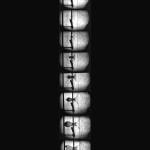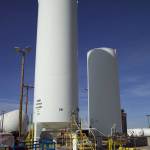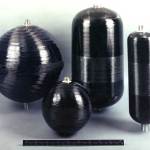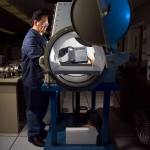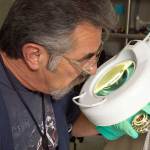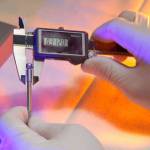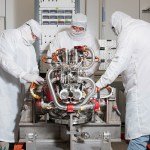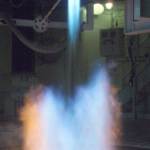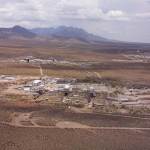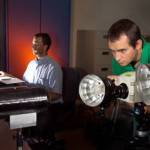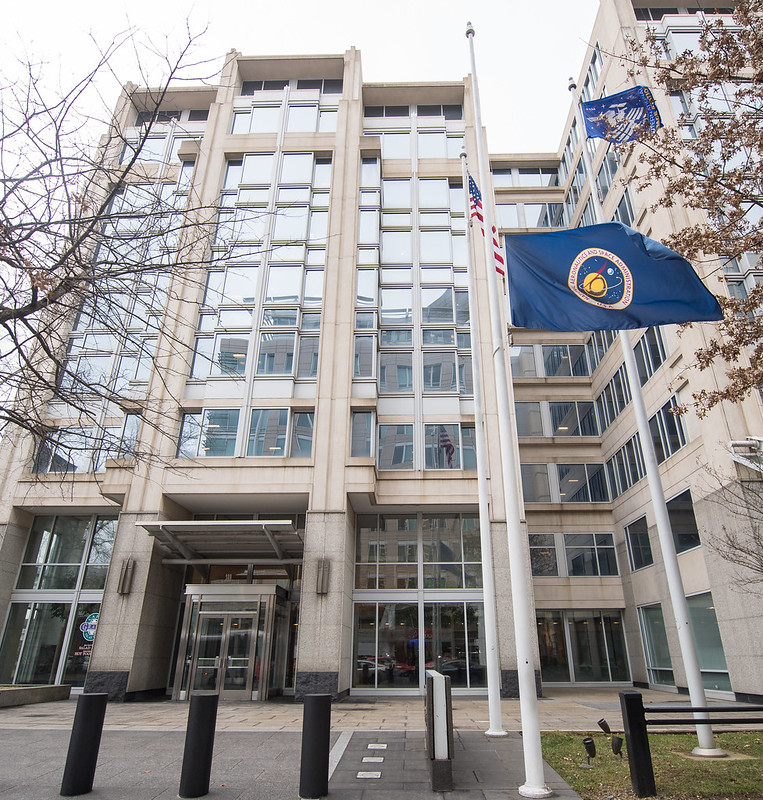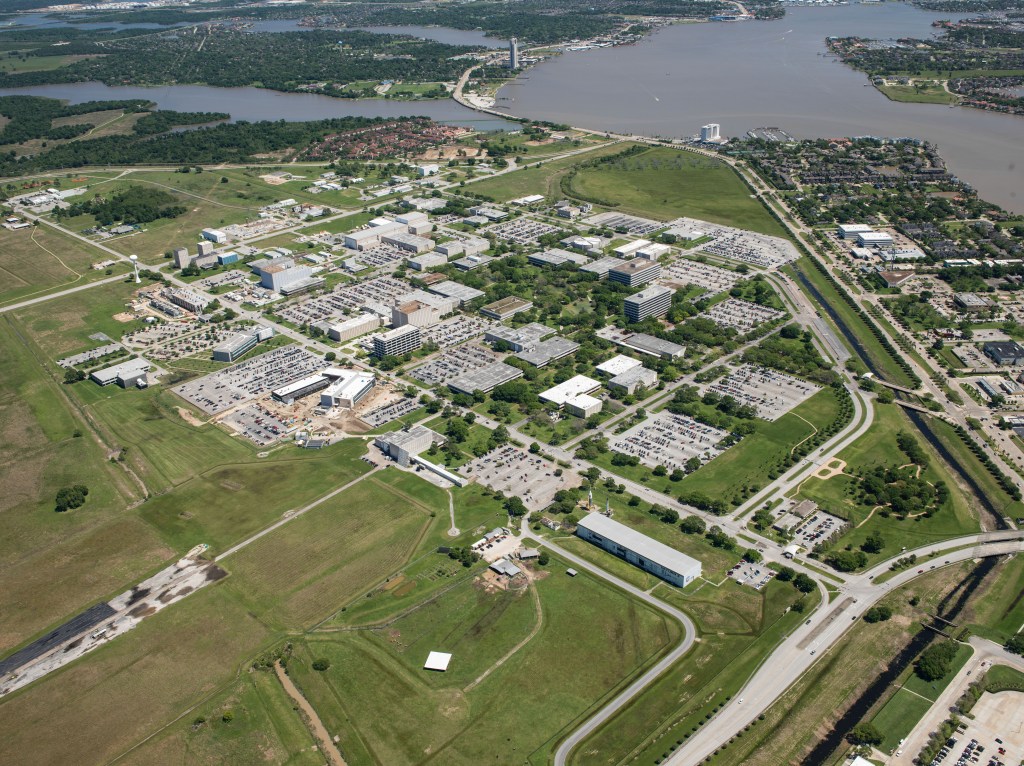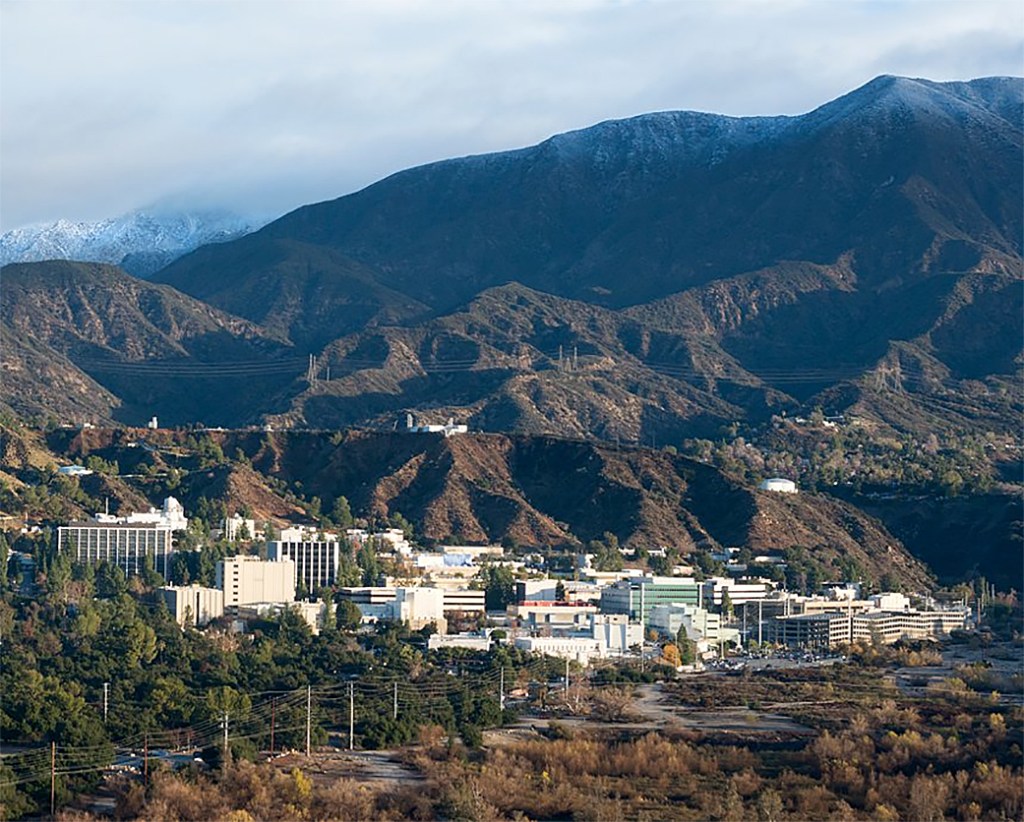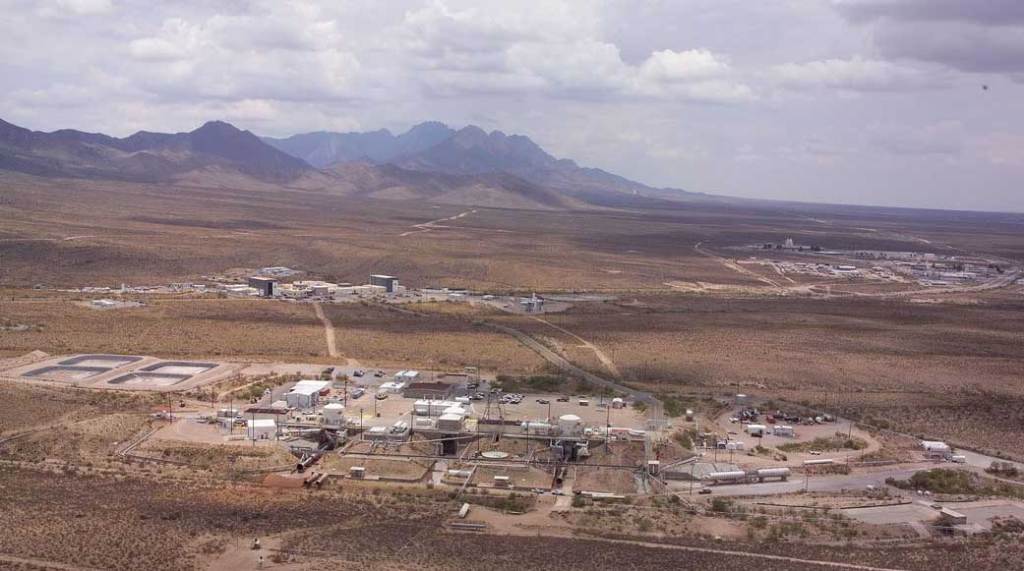
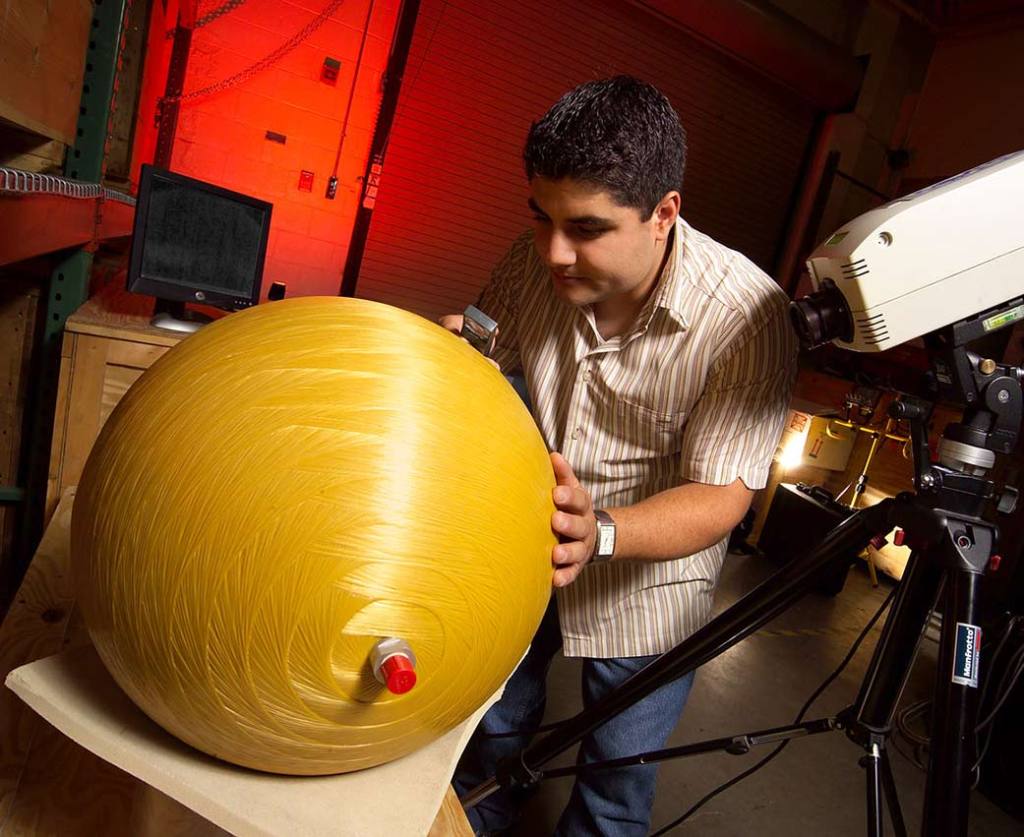
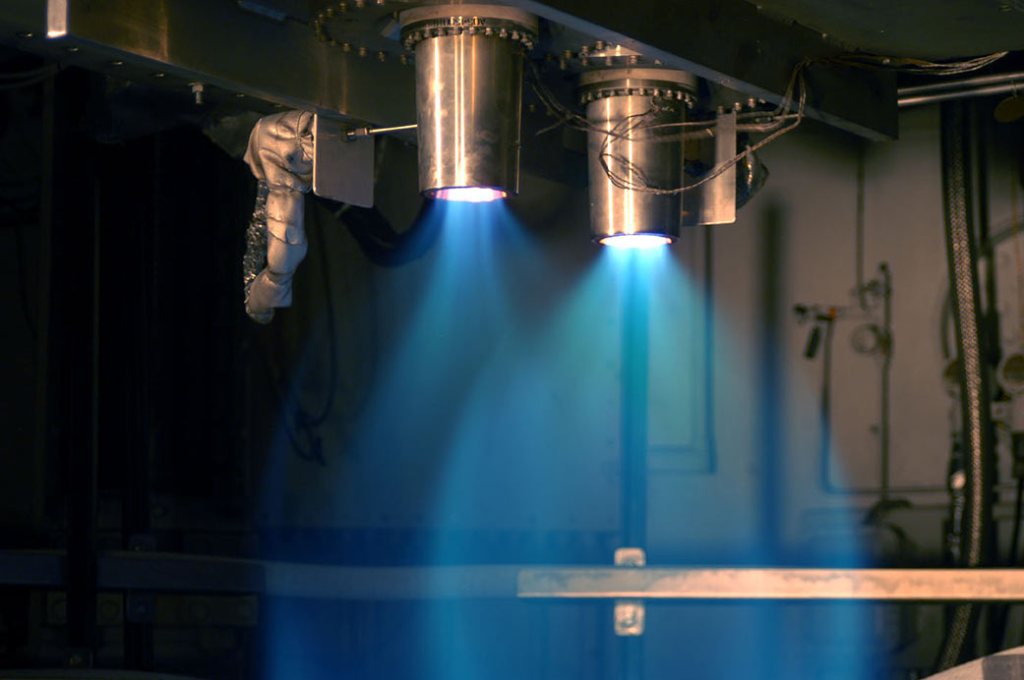
White Sands Test Facility
White Sands Test Facility tests and analyzes potentially hazardous materials, components, and systems including Composite Pressure Systems, Critical Systems and Materials Flight Acceptance, Hypervelocity Impacts, Oxygen Systems, Propellants and Aerospace Fluids, and Propulsion Systems.
Location
Las Cruces, New Mexico
Founded
July 6, 1963
People
300+
WSTF Director
Jason E Noble
WSTF Core Capabilities
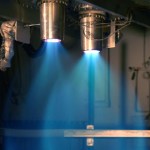
Rocket Propulsion Testing and Evaluation
NASA White Sands Test Facility (WSTF) offers numerous ambient pressure and altitude simulation stands to test rocket propulsion systems, as well as single rocket engines.ctivities, interactive, lesson plans, educator guides, and other downloadable content about this topic.
WSTF Enabling Capabilities
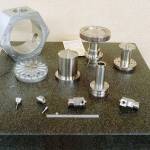
Fabrication Services
The White Sands Test Facility (WSTF) maintains a fully integrated 18,000 ft² (1700 m²) fabrication facility. A staff of experienced machinists and welders is complemented by computer-assisted design services.s-on activities, interactive, lesson plans, educator guides, and other downloadable content about this topic.
Visit White Sands
White Sands Test Facility is an access-controlled, hazardous testing facility and visitors must be approved before accessing the property. NASA policy for entry into our facility is contingent upon the visitor's consent to inspection of their person and the property in their possession or under their control. On arrival, visitors must check in at our forward guard gate where guards can give directions to specific areas and specific entry requirements. Approval may take up to 30 days so please plan appropriately.
Visiting WSTF Information about Visit White Sands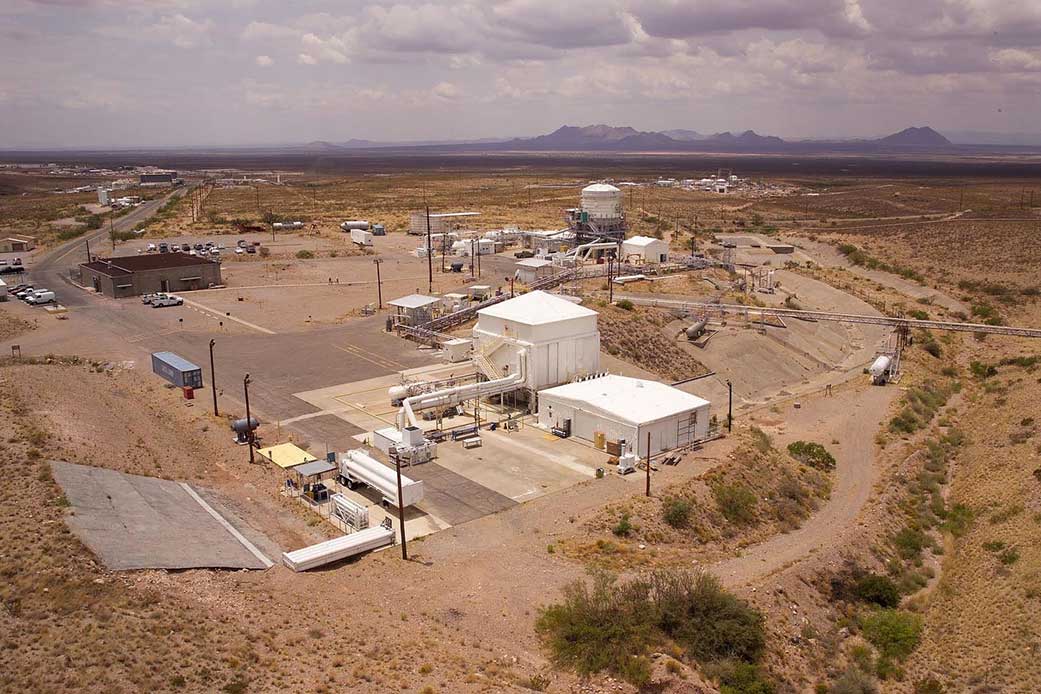
History
White Sands History
Established in 1963 to test propulsion systems for the Apollo spacecraft, White Sands Test Facility has supported every U.S. human space flight from Apollo to the Space Shuttle Program and the International Space Station. Because of our remote location and unique facilities, we can safely design, test, and operate hazardous systems.
Learn More about White Sands History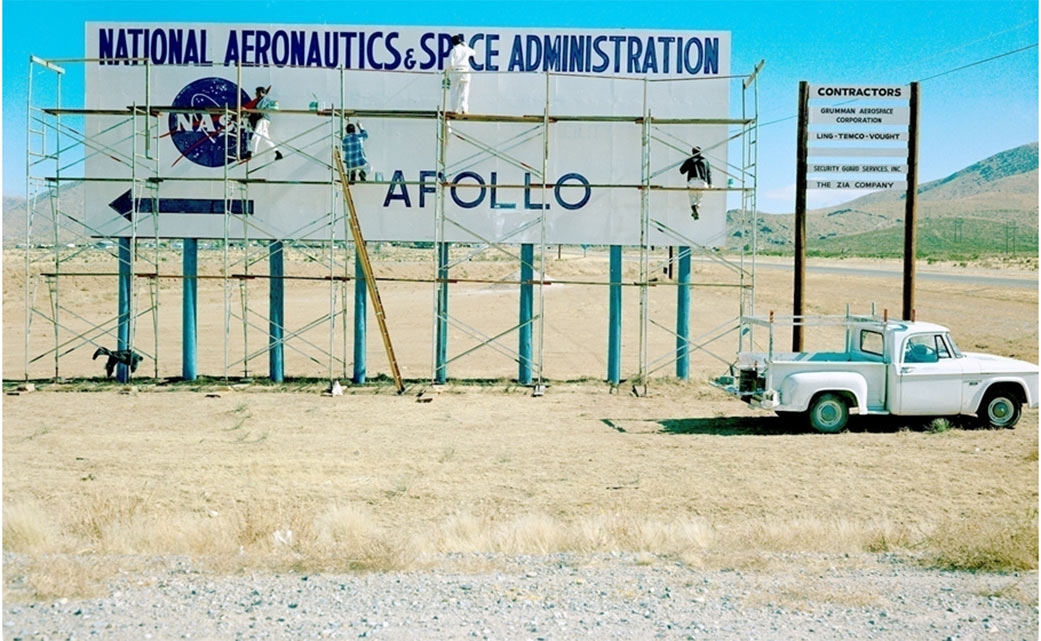
More NASA Centers
Explore NASA centers.


